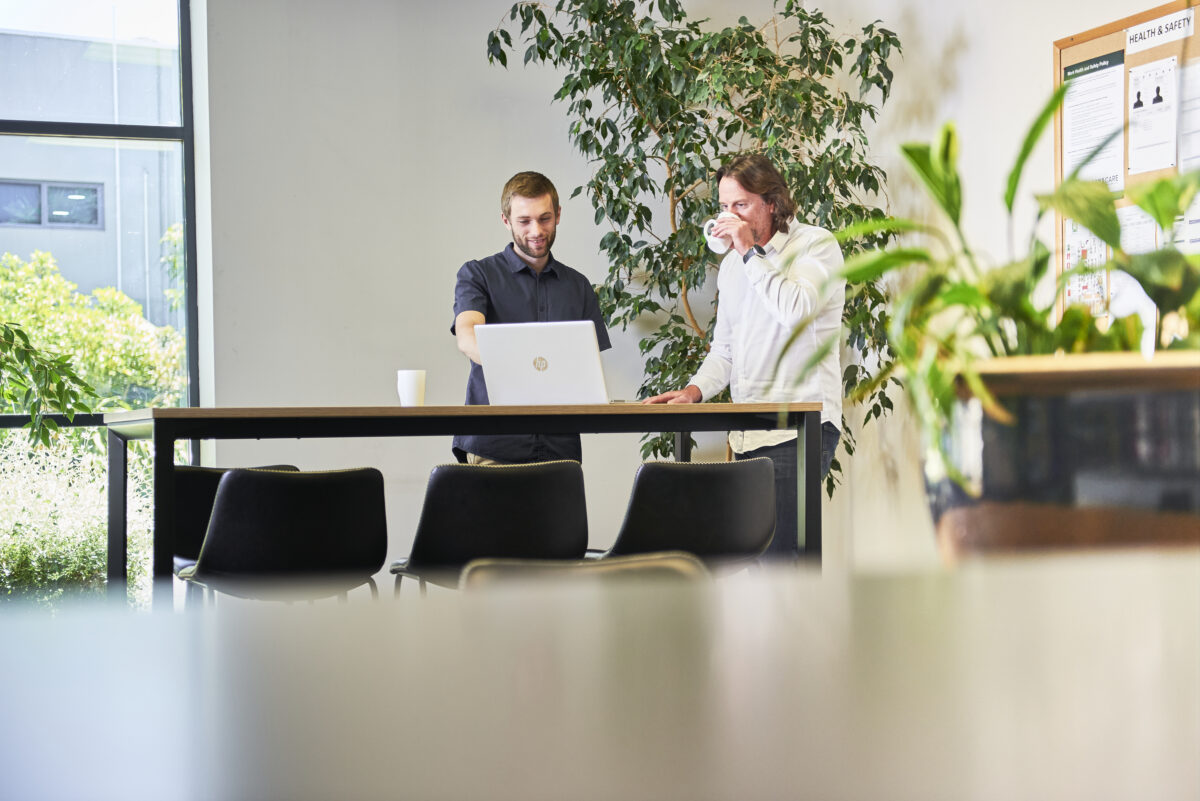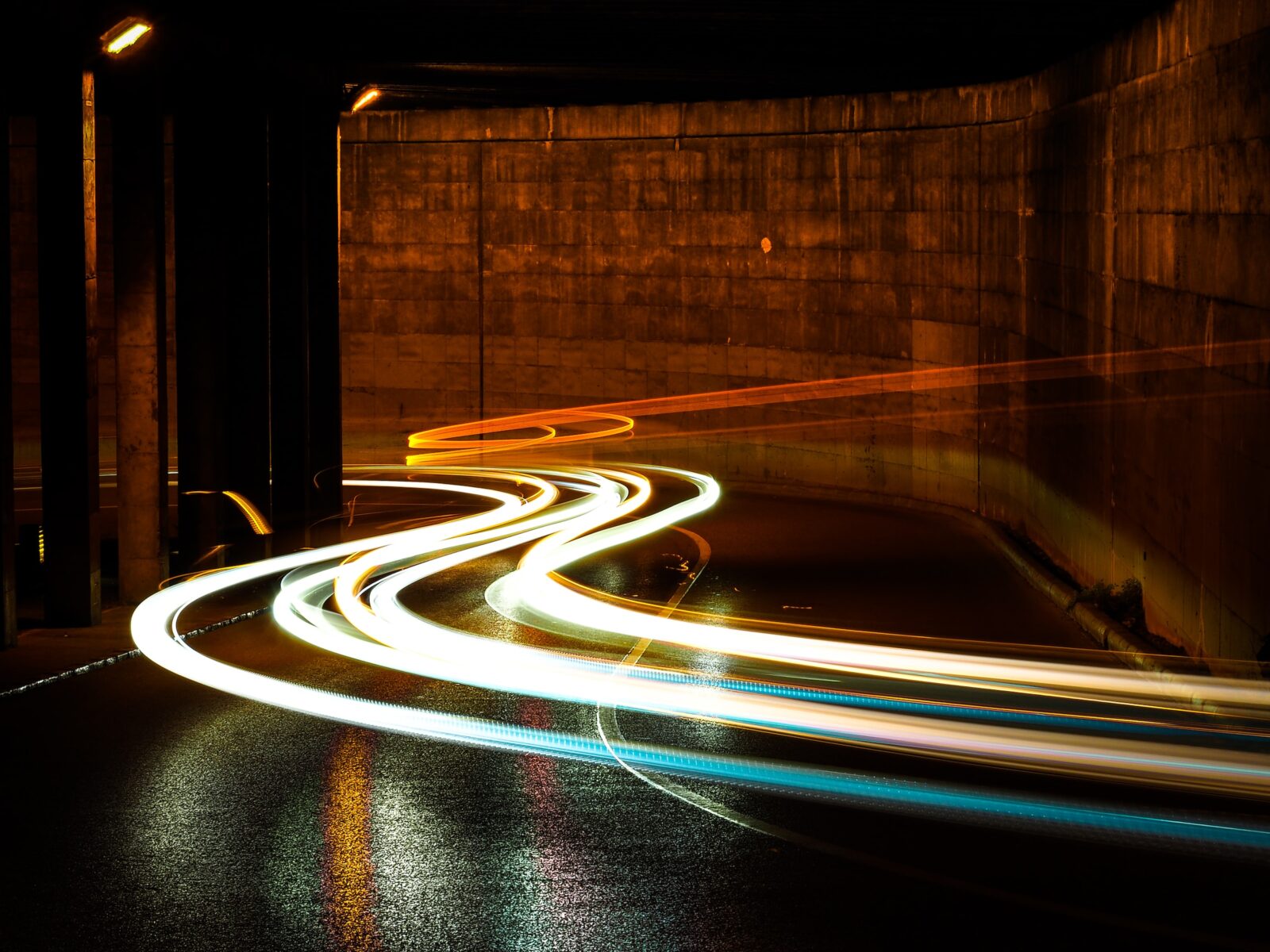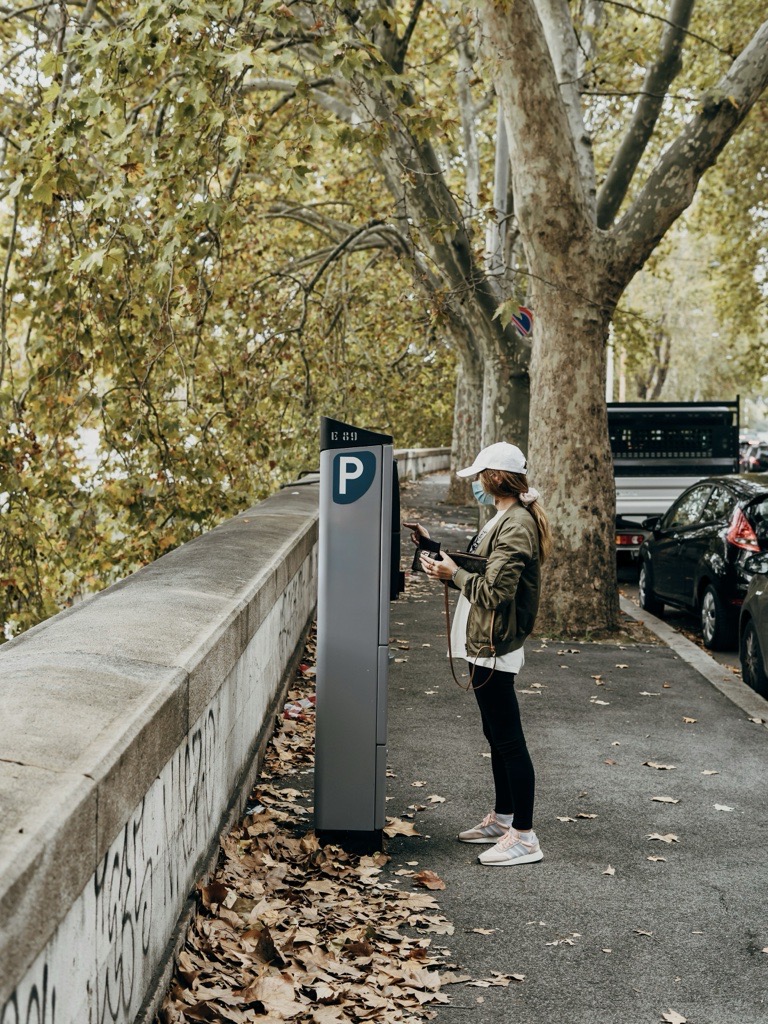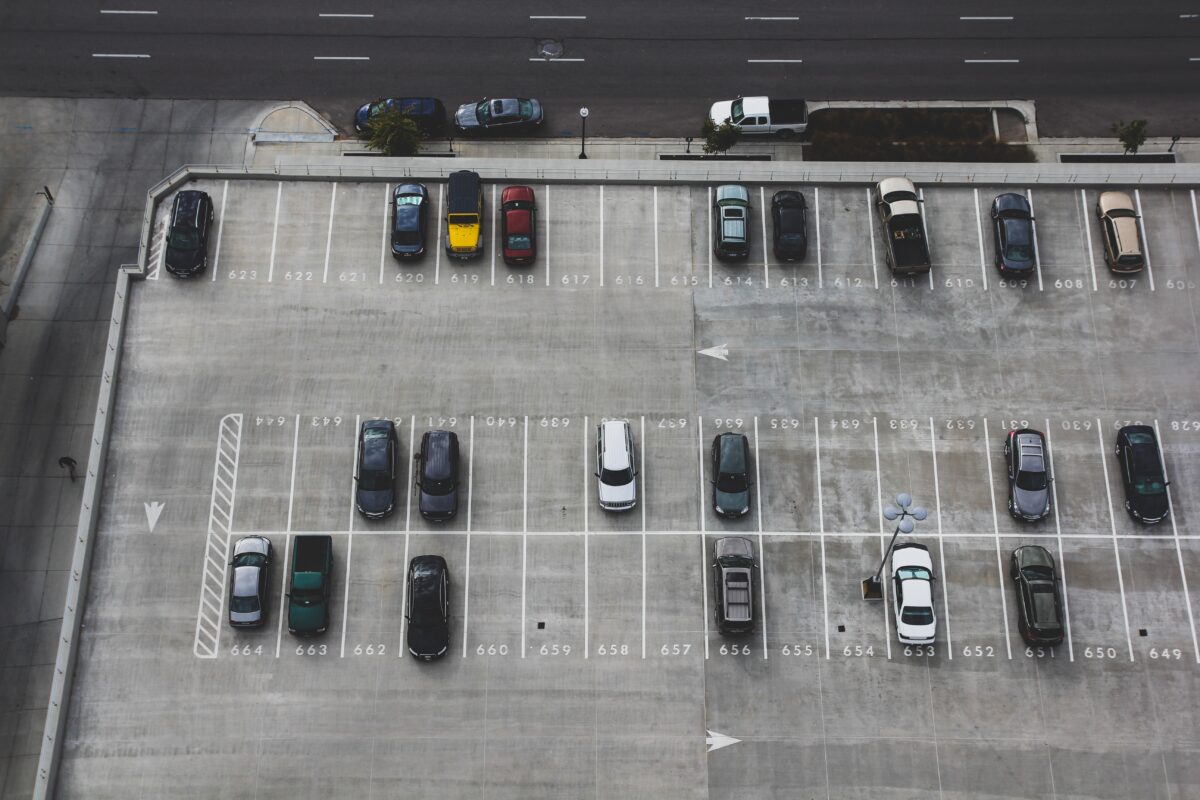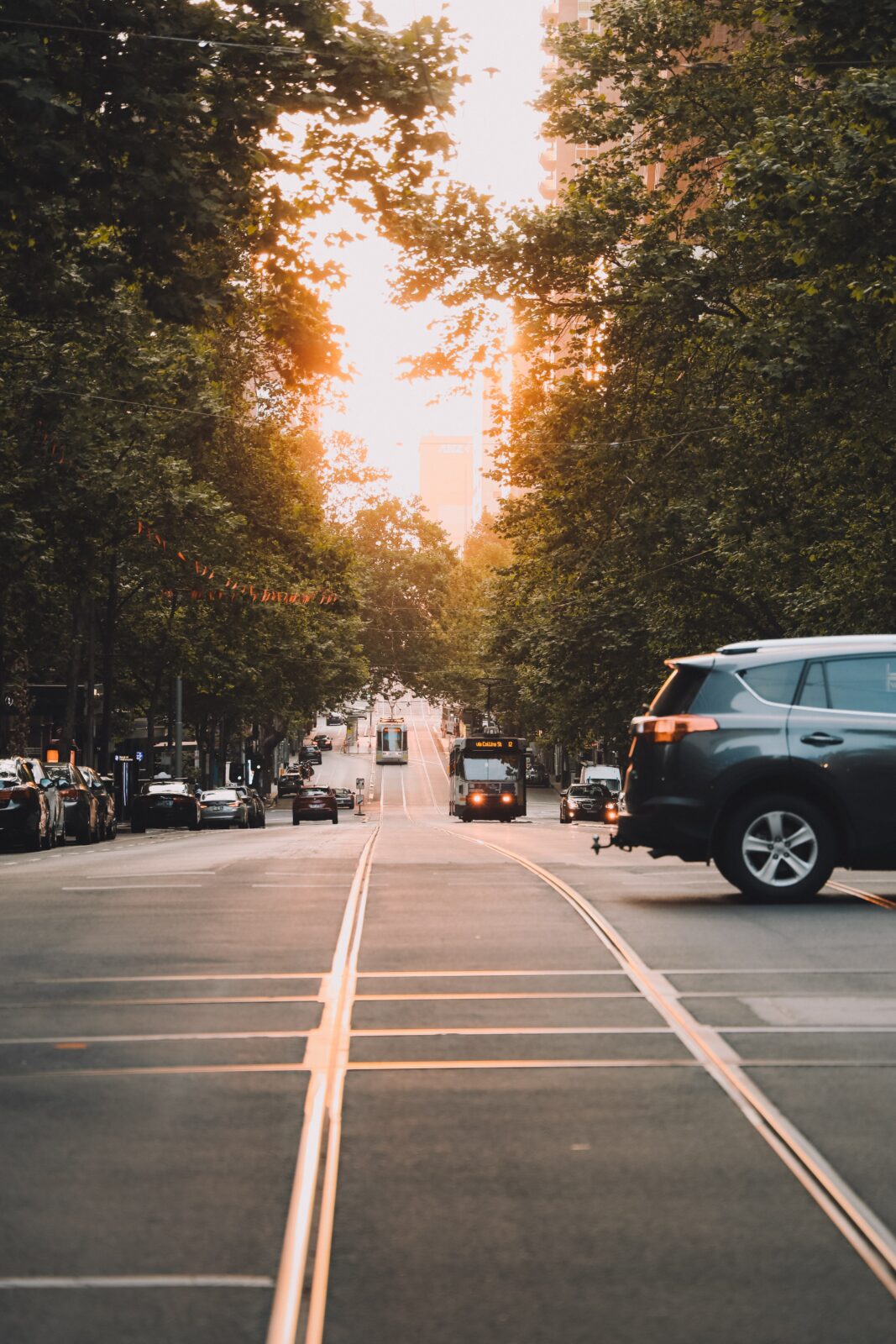
How can we use parking sensors to help with planning?
We often hear that parking sensors are used only for the enforcement of parking regulations. They’re certainly used for that, and it’s important to enforce parking rules to make sure that access to car spaces is equitable and serves the community—but it’s not the only important work that parking sensors are used for.
Parking sensors are not really just for enforcement
Parking sensors are not really just for enforcement: they’re a way of gathering data.
At this point in history, populous environments are only becoming denser and more populated. There are more university students, more city residents, more shopping centres with higher traffic. And someone has to take on the unenviable task of determining the best way to use their space, an increasingly scarce resource. In this landscape, the value of the information collected by sensors is invaluable.
What type of sensor?
Parking sensors work in several different ways, but the most common among them are the sensors which use infrared and those which use magnets.
Infrared parking sensors use the physics of light to determine when the space above them is occupied. Magnetometric sensors use the earth’s magnetic field and the large quantities of metals present in vehicles to determine the movements of the cars around them.
Most of our sensors are of the magnetometric variety.
They’re highly accurate, so the organisations that install them typically get a good idea of when a vehicle arrives in a bay, how long it stays there, and when it leaves.
This gives us a great idea of how much traffic occurs at different times and days. Over time, these measurements can also tell us when traffic has changed in an area, which can be correlated with changes to the environment, like a new residential building or the refurbishment of a shopping centre. If traffic spikes in accordance with the seasons or specific cultural events, that’s also recorded.
This is an easy, anonymous way to get high quality information
This is an easy, anonymous way to get high quality information about where people are travelling, and possibly even why. Good information about how people use space allows us to make better choices about what they do with that space. This might include changes to parking, like differences in permits, parking rules or zoning. But it might also include changes to other aspects of planning, like provisions for public services or determining how many locals are likely to attend an event, or emergency services planning.
